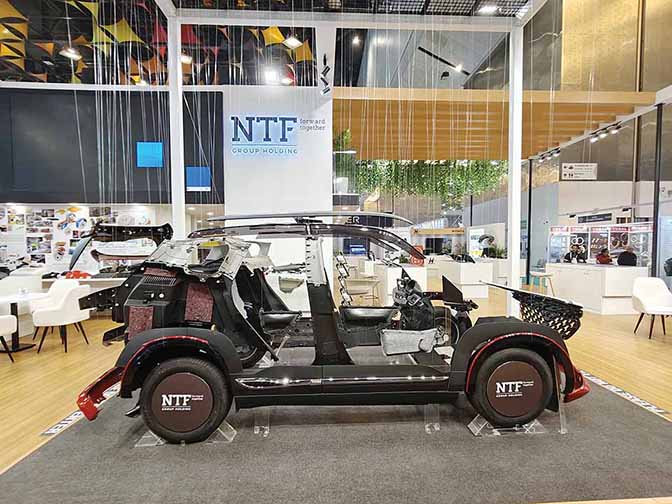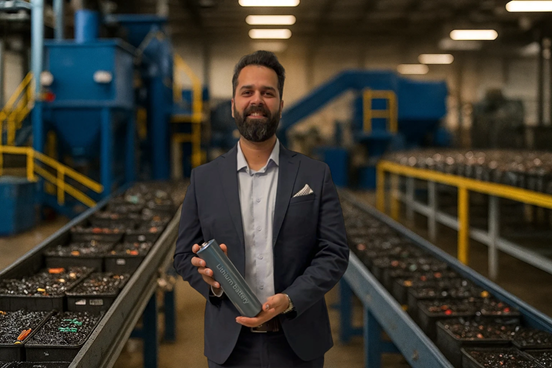Text: Bhargav TS
The Canadian auto component maker Magna International Inc, is now working with the OEMs in India to introduce a new core front structure family that will provide a flexible, light-weight seat structure which is also adaptable, scalable, and modular across platforms.
Increased seat content is currently driving the market for new seating technologies. That include: Seat Adjustability, Air bags, Comfort Innovations, Massage Features, Heated / Cooled Seat Options, Occupant Sensing, Health and Wellness Technologies and Autonomous Driving Trends said Deval Desai, Executive Director – Strategy and Planning and India Country Manager, Magna International.
One of the 2 manufacturing facilities of Magna at Sanand in Gujarat, located within the supplier park of Ford India, supplies complete seat systems to Ford. Desai told Auto Components India that, “A number of factors come into play for Magna’s growth in India, including: the economy, continued infrastructure development, the success of Ford within the region, working towards introducing appropriate technology for the market with cost-and mass-effective structures, power systems, bio foams, and other features.”

Deval Desai, Executive Director – Strategy and Planning and India Country Manager, Magna International
India is a hyper-competitive market with a vast supply base catering to the 4 key auto clusters. Leading the competitive landscape requires unique value proposition in terms of quality, technology and competitiveness.
“The new safety requirements expected in India provide an advantage to our existing products and an opportunity to leverage our competence in designing to global safety standards. While the Indian market is challenging at the moment, we see the long-term growth potential. The Indian market has also tripled in every 10 years, and will grow in the long-term as infrastructure improves and GDP per capita crosses certain thresholds,” Desai said.
Magna, which relies heavily on Ford, has been exploring opportunities to bring value to other customers, including Maruti Suzuki and Hyundai. However, Magna supplies complete seat systems to Mahindra & Mahindra and Daimler India Commercial Vehicles for their Indian operations.
Poised for growth
With substantial investment in India, Magna is well positioned to leverage the future growth, which is dependent on sound infrastructure and transparency in governance. Its 11 manufacturing divisions and 3 engineering centres in India position it for the next phase of growth.
Magna expects the Indian vehicle production to grow from the present 4 million units to about 12 million units by 2030. The company continues to expand its footprint in sales, engineering, programme management and manufacturing to align with the customers and the increasing vehicle production forecast.
Normally Magna starts discussions with the OEMs 4 to 5 years ahead of the real need and start putting up capacities. Its visibility is till 2020 where the discussions are on with the OEMs for 2020 to 2024 programmes.
The programme cycle is from start of the programme to the start of the production. It means that though the company gets the purchase order it does not start generating revenues for up to 3 to 4 years, since it has to finalise the product engineering, manufacturing process and the prototypes. For the Ford programme in India, Magna had started discussions 5 years before the actual production.
In major components like seats, the OEM may change the fabrics but not the entire structure. Therefore Magna is concerned much about mid-cycle products but it sees life cycle reducing to some extent but not in a big way. Magna’s engineering centres in India have a unique advantage of developing products for the Indian market, then taking that skill set to collaborate with the engineering centres in other regions to play a pivotal role in being the COE (center of excellence) for low-cost solutions.
As the Indian market matures, Magna expects to see increased use of smart seats with consumer comfort and convenient features such as cooled seats, memory and power functions. These will add to the electronic content in the seating systems. ACI












Leave a Reply